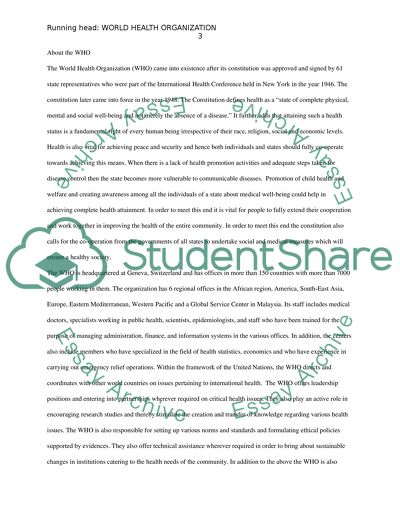Cite this document
(Global Intitutions: World Health Organization Research Paper, n.d.)
Global Intitutions: World Health Organization Research Paper. Retrieved from https://studentshare.org/health-sciences-medicine/1693957-global-intitutions
Global Intitutions: World Health Organization Research Paper. Retrieved from https://studentshare.org/health-sciences-medicine/1693957-global-intitutions
(Global Intitutions: World Health Organization Research Paper)
Global Intitutions: World Health Organization Research Paper. https://studentshare.org/health-sciences-medicine/1693957-global-intitutions.
Global Intitutions: World Health Organization Research Paper. https://studentshare.org/health-sciences-medicine/1693957-global-intitutions.
“Global Intitutions: World Health Organization Research Paper”. https://studentshare.org/health-sciences-medicine/1693957-global-intitutions.


